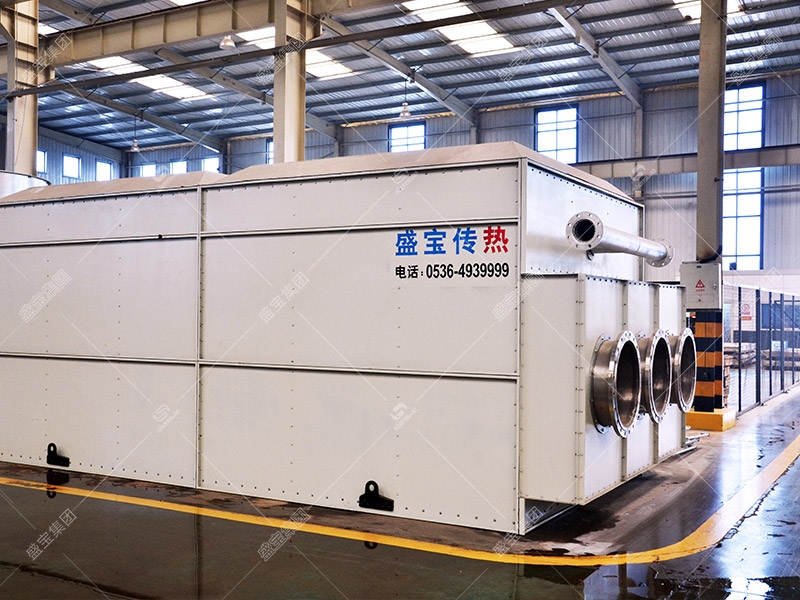The amount of wastewater discharged is an important parameter of a closed cooling tower, which has a significant impact on the performance and operational stability of the equipment. This article will delve into the causes, impacts, and ways to control the amount of wastewater generated.

1、 Reasons for the generation of sewage volume
During the operation of a closed cooling tower, the amount of discharged water is mainly generated by the following two factors:
1. Formation of scale: During the circulation of cooling water, as the water temperature decreases, minerals in the water will precipitate and adhere to the packing or condenser surface of the equipment, forming scale. With the accumulation of scale, the heat transfer efficiency of the equipment will be reduced, so regular cleaning and drainage are needed.
2. Sedimentation of suspended solids: Cooling water may contain suspended solids such as sediment, dust, etc. These suspended solids will gradually deposit at the bottom of the equipment during the circulation process and need to be discharged regularly.
2、 The impact of sewage volume on cooling towers
Excessive or insufficient sewage discharge can have adverse effects on the operation of closed cooling towers:
1. Excessive sewage discharge can lead to a decrease in the heat transfer efficiency of the equipment and an increase in operating costs. At the same time, a large amount of pollution also increases the consumption of water resources and the burden of wastewater treatment.
2. Insufficient sewage discharge: It can lead to excessive accumulation of scale and suspended solids in the equipment, affecting heat transfer efficiency and even causing blockage in severe cases.
3、 Methods for controlling the amount of wastewater discharged
In order to maintain the stable operation of the closed cooling tower, it is necessary to control the amount of sewage reasonably:
1. Regular cleaning: Clean the equipment regularly based on water quality and operating conditions to reduce the formation of scale.
2. Filtering treatment: Filter the cooling water before entering the equipment to remove suspended solids and impurities from the water.
3. Chemical addition: Add scale inhibitors, dispersants, and other chemicals to the cooling water as needed to control the formation and deposition of scale.
4. Monitoring and adjustment: By installing water quality monitoring instruments and flow meters, real-time monitoring of sewage volume and cooling water quality is carried out, and operating parameters are adjusted in a timely manner based on monitoring results.
5. Reasonable design: In the design phase, factors such as water quality and operating conditions should be fully considered, and components such as packing and condenser should be selected reasonably to improve the anti scaling performance and heat transfer efficiency of the equipment.










 Home
Home
 Products
Products
 Phone
Phone